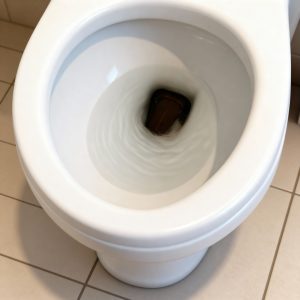What Those Two Small Dimples on Your Lower Back Reveal About Your Health
If you’ve ever noticed two tiny indentations on the lower back, just above the buttocks, you’re not alone. Often called **“Venus dimples”** (in women) or **“Apollo dimples”** (in men), these small hollows are a natural anatomical feature found in many people. While they may seem like just a quirky detail of body shape, they actually carry some interesting insights about health, circulation, and genetics.
—
### What Are Lower Back Dimples?
Lower back dimples form where the skin is tethered to underlying bones — specifically, at the sacroiliac joints that connect the pelvis to the spine. They are not related to fat or muscle tone but are instead determined mostly by **genetics**. Some people are born with them; others are not.
—
### What They Reveal About Your Health
1. **Good Blood Circulation**
These dimples are often associated with better blood flow in the pelvic region. In fact, some studies suggest that people with Venus or Apollo dimples may have stronger circulation in this area, which can be linked to greater physical stamina and even improved sexual health.
2. **Genetic Body Structure**
Having dimples doesn’t mean you’re healthier overall, but they can indicate favorable pelvic alignment and bone structure. Their presence is considered more of a genetic trait than a fitness milestone.
3. **Not a Sign of Fitness**
Contrary to popular belief, these dimples are not “earned” by exercise. While staying lean and toned can make them more visible, they can appear on both fit and non-fit individuals simply due to skeletal structure.
—
### Are They Rare?
Not extremely — but they are not universal either. Many people don’t have them at all, while others may have only faint traces. Because they are primarily genetic, you either have them naturally, or you don’t.
—
### Aesthetic and Cultural Significance
Throughout history, lower back dimples have been considered a sign of beauty, fertility, and vitality. In some cultures, they’re thought to symbolize attractiveness and good health, adding to their mystique.
—
## The Bottom Line
Those two small dimples on your lower back don’t guarantee perfect health, nor does their absence mean anything is wrong. They’re simply a genetic trait — one that happens to be linked with favorable circulation and pelvic structure.
Whether you have them or not, the most important determinants of your health are still the basics: balanced nutrition, regular movement, quality sleep, and stress management.
In other words, consider your dimples a unique body feature — not a medical diagnosis. They may add a little intrigue to your appearance, but your lifestyle is what truly shapes your health.





